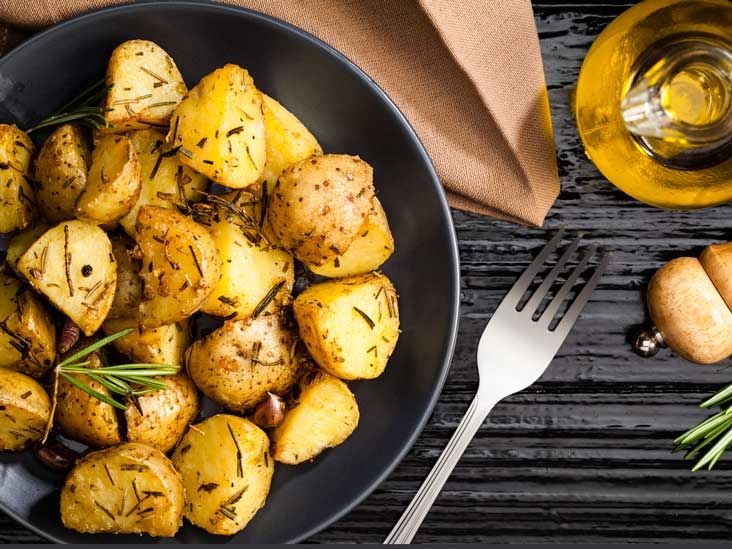E
EmilyMay1
Guest
Been looking at making lower carb version of mash potato for my meal prepping. Was thinking Swede mash since I like swede, anyway.
100g Swede-
Tesco - 2.3g
Asda - 3.9g
Sainsburys - 4.8g
Morrisons 4.3g
Google - 9g
So what value to take when supermarkets carbs are so different? It’s Swede/vegetables surely carbs can’t differ by supermarkets?? In what case what values to take?
(Not just Swede, veg and fruit and meat in general)
Thank you.
100g Swede-
Tesco - 2.3g
Asda - 3.9g
Sainsburys - 4.8g
Morrisons 4.3g
Google - 9g
So what value to take when supermarkets carbs are so different? It’s Swede/vegetables surely carbs can’t differ by supermarkets?? In what case what values to take?
(Not just Swede, veg and fruit and meat in general)
Thank you.

